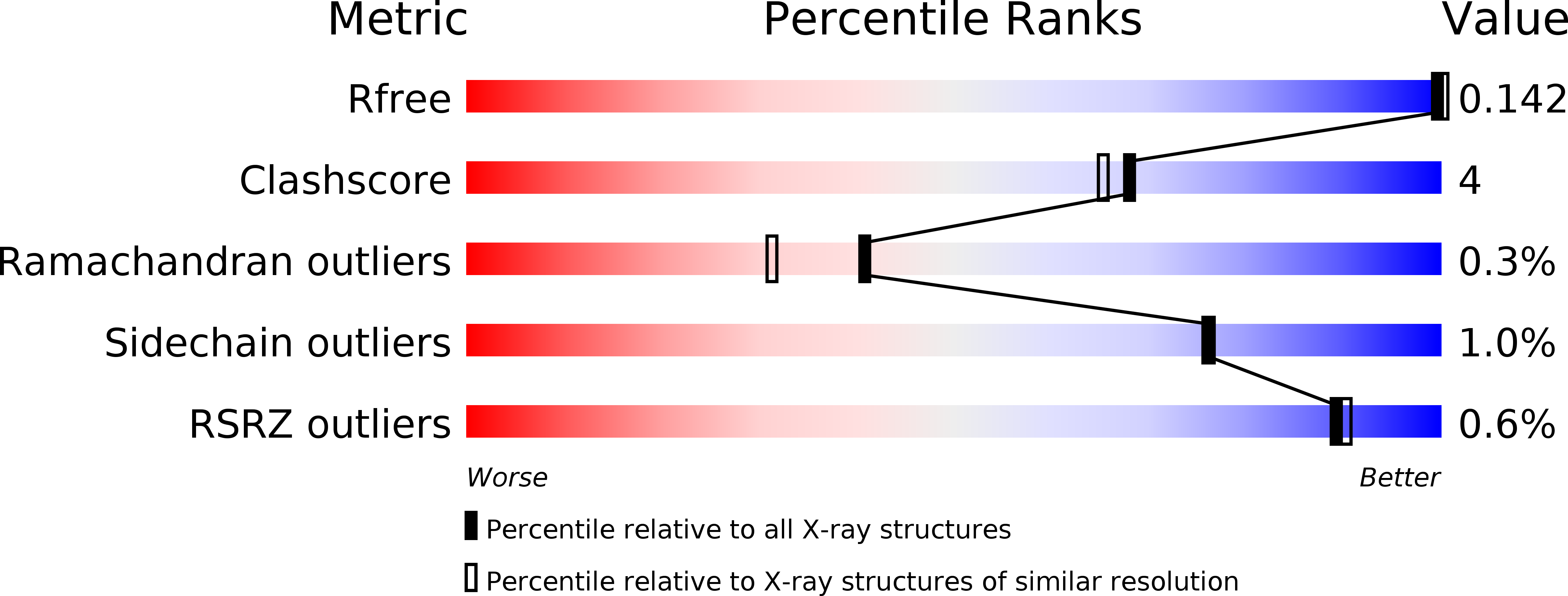
Deposition Date
2008-05-16
Release Date
2008-08-26
Last Version Date
2024-10-09
Method Details:
Experimental Method:
Resolution:
1.90 Å
R-Value Free:
0.18
R-Value Work:
0.14
R-Value Observed:
0.14
Space Group:
C 1 2 1


